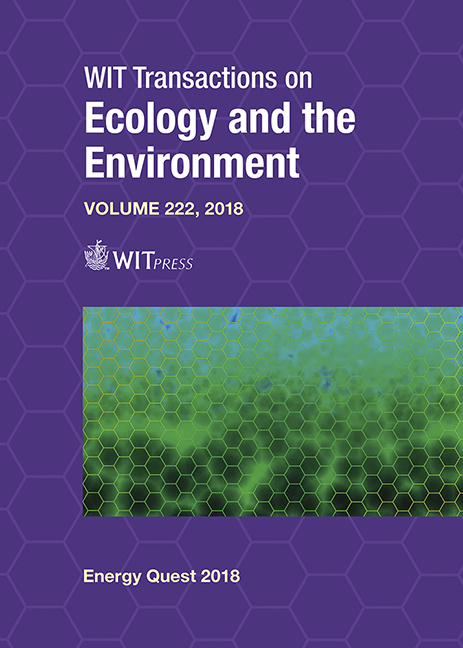A NEW BIPV BRICK PAVING THE WAY TO ENERGY-GENERATING CONCRETE FAÇADE
Price
Free (open access)
Transaction
Volume
222
Pages
7
Page Range
117 - 123
Published
2019
Paper DOI
10.2495/EQ180111
Copyright
WIT Press
Author(s)
MATTHIEU HORGNIES, ISABELLE DUBOIS-BRUGGER, FABIENNE LEGRAND
Abstract
A significant part of the world global energy consumption is used to heat and/or and cool buildings. While insulation regulations are gradually strengthened in several counties, decentralized energy generation (such as the building-integrated photovoltaic, BIPV) is more and more considered as a strong lever to improve the energy self-consumption of the building and mitigate the impact of the large urban areas on climate change. Our researches aim to promote new photovoltaic systems on the concrete-based envelop (more especially by the way of an aesthetical cladding system) in order to increase the value of residential and office buildings. A durable multi-layer’s system based on ultra-high performance fibre-reinforced concrete (UHPFRC), specific structural adhesives and solar cells (or films) has been developed to be directly cladded on the façades of buildings. After demonstrating the durability of the multilayers using different aging tests in laboratory, the production of a fully integrated cladding system, based on concrete, has been demonstrated in pre-cast plant in 2017. The next step, under progress, is the building of an outdoor demonstrator, which will be helpful to give proofs of durability under weathering and monitor the efficiency the PV façade panels for different sun exposures over several years.
Keywords
BIPV, adhesion, durability, photovoltaic, concrete, interface, façade, demonstrator





